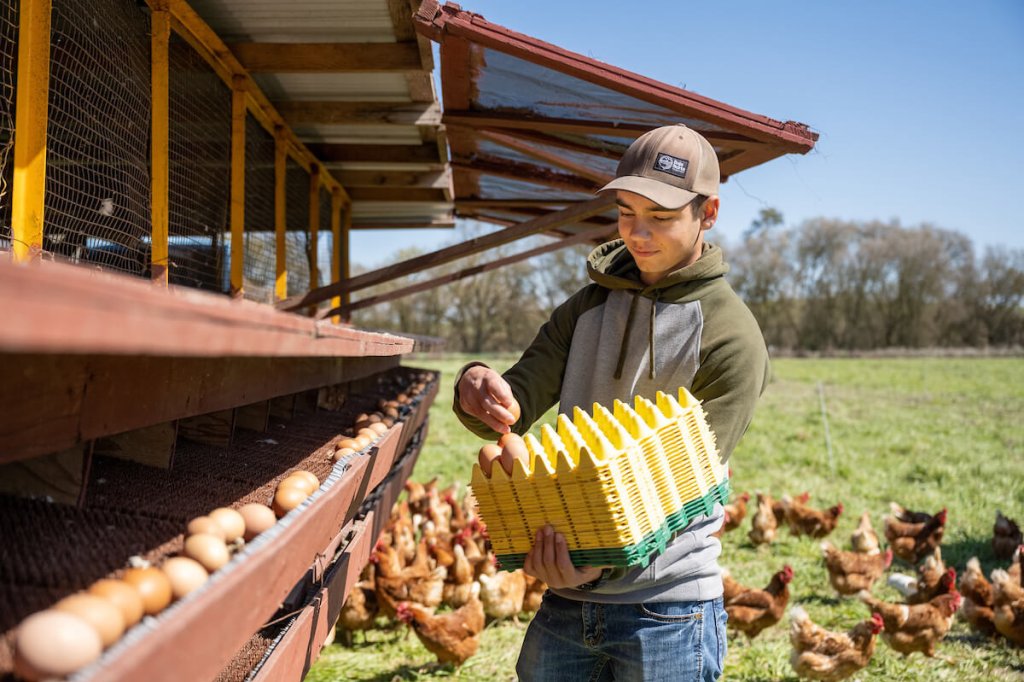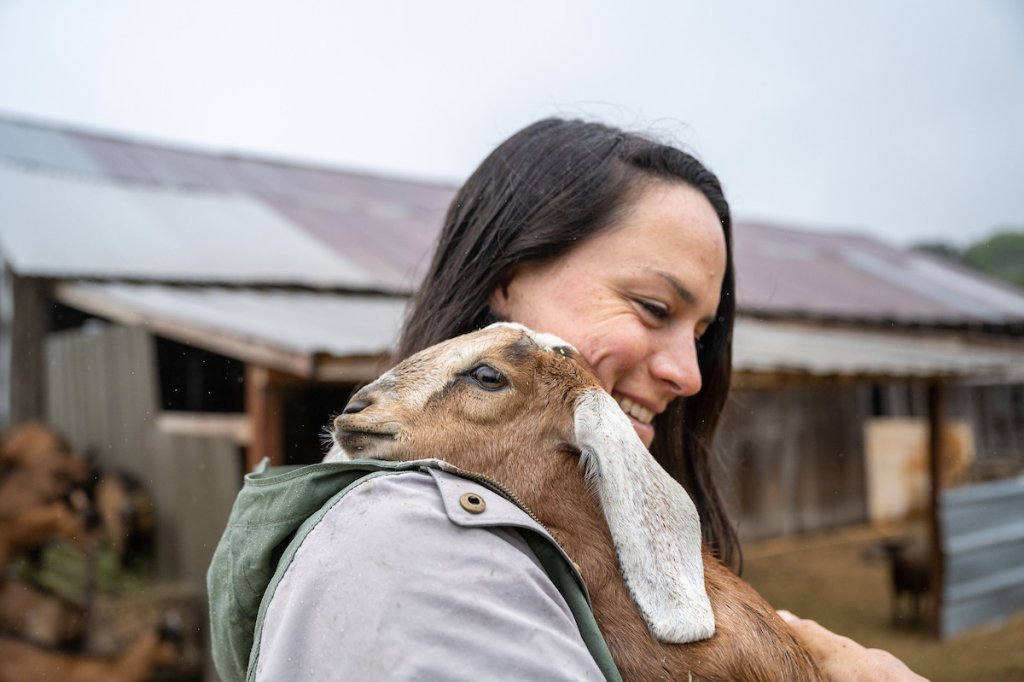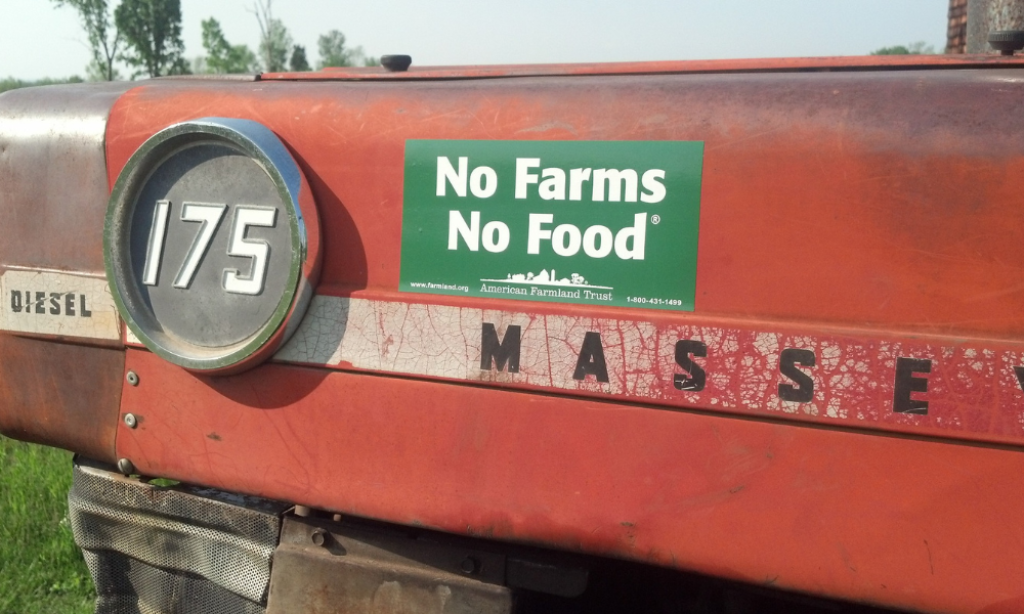What Can be Done Around Equal Pay in Agriculture?
Studies have shown that farm operation is among the most gender-unequal occupations in the U.S. To create a more equitable, thriving, and resilient farm industry, we must reckon with the reality of unequal economic outcomes for women agricultural producers. This inequality hampers our nation’s ability to address climate change, food security, and rural livelihoods.
This year, we recognize Equal Pay Day on March 14th, a date that is based on the latest U.S. Census figures show that the average woman who works full-time across all industries is paid just 84% of the typical man’s pay. Gender wage disparities exist across all sectors, educational categories, occupations and regions. The wage gap is highest for women of color, and Equal Pay Days later in the year mark the fact that many women must work more hours to achieve the same income as their male counterparts. Closing the wage gap isn’t just about equity, it is about helping women, children, and families achieve holistic economic security across many sectors.
In recognition of National Equal Pay Day, it is important to highlight how gender disparities show up in U.S. agriculture and provide strategies for taking action to address these gaps.
The Issue
A recent analysis on the issue of net farm income has estimated that farms principally operated by men are making 151% more profit than those operated principally by women. Put another way, this means that for every $1.00 in profit a women-run farm makes, a farm run by a man makes about $2.50 when farm landholdings, machinery, and other assets are included. In terms of farm income and access to government programs, researchers have found a great deal of variation across gender and racial lines but generally speaking, women and women of color, particularly Black women, are receiving less income and government support for their farms as compared to white women.
Women-led farms are more likely to face challenges reaching economies of scale that can help their farms and ranches be economically secure. For example, women are more likely to be lead operators on farms that produce poultry, small livestock, fruits, vegetables, and nursery plants. Historically, many of these products have received less structural support from federal farm programs, in the form of direct payments, crop insurance, conservation programs, marketing support, research investment, and more, especially when those operations are smaller scale. Recent studies investigating this dynamic find that “female farmers have lower farm profitability than their male counterparts because their operations use far less capital (land, machinery, and labor), they have less farming experience, and they engage in the production of commodities that are less profitable”. Our own analysis from qualitative interviews of key stakeholders and literature review suggests that a combination of risk aversion, land tenure barriers, internalized sexism, and biased culture within agricultural institutions are contributing factors to these continued disparities.
Who owns farmland also matters. As our farming population is rapidly aging, we know that, in many farming communities, there is still a tendency to pass down farmland ownership and decision-making to male heirs over female heirs (Doss et al., 2018). Due to gender stereotypes, it can even be difficult for women to get a leg up in farmland succession and land lease negotiations in a competitive environment. Access to affordable farmland to own or lease provides an important foundation for economic security in agriculture and without it, advancing conservation and soil health practices on farmland can be extremely difficult. Even among those who do get access to land, research shows women are more likely to lead small and medium-sized farms, which has economic implications.
Though not unique to women in agriculture, the demands on women farmers and ranchers’ time and labor also set nearly impossible expectations that contribute to economic difficulties for agricultural operations, rural families, and communities. For example, research has shown that access to childcare is a big factor in how the next generation of farm families decides where to farm and access land. During the pandemic, research on farm parents discovered that women were almost twice as likely as men to report that child care was an important factor in farm decisions. Additionally, access to health insurance and health care has also been shown to affect the viability of farms and farm families.
These compounding challenges faced by many women in agriculture, especially among women who have been marginalized due to their racial and ethnic identities, have a deep and profound effect not just on their financial well-being but also on their mental health.
Call to Action
Our call for action is simple. We aim to raise awareness, dismantle barriers that prevent women from participating fully in the agriculture space, and urge government institutions and funding agencies to commit concrete support to advance gender equity in the field of agriculture. We suggest starting with the following:
Engage with the work of organizations that are exploring ways to bolster affordable and accessible childcare and healthcare, particularly in rural communities. Women are overwhelmingly the caretakers for families, and this responsibility places a heavy burden on them. Adequate childcare for families is critical to the viability of farms—it is, ultimately, an acknowledgment of its value to society and a way to boost job creation and economic growth. Although issues relating to farmland, farming practices, and farm viability are critical to our agricultural economy, it is clear that broader policies relating to childcare, health care, education, and elder care have profound impacts on farm families and rural communities. Efforts are underway across the country to explore the connections between these challenges and the role that agricultural policy might play. Check out some of this great work and find ways to get involved and lend your voice.
Follow and support reputable organizations emphasizing developing women leaders in agriculture. Organizations that give women the tools to lead in their local communities are working to establish grassroots-level commitment and engagement. At the local level, women’s participation in managing natural resources leads to more equitable and inclusive resource governance and better conservation outcomes. When we include women entirely in programming, organizations tend to be more effective and efficient in their use of resources. Join a local cooperative extension club or board, farm service agency advisory group, soil and water conservation district board, or other entity and make your voice heard.
Financially support organizations, farms, and businesses that women and women of color run. Directly investing in women-owned entities shows them and everyone else what your dollars support. Organizations that have women leaders often bring their voices and experiences into decision-making processes and help make overall operations better for the entire family. In vulnerable communities, these entities are an informal safety net, bridging gaps in services and often providing emergency support. Keeping communities connected through these organizations, farms, and businesses is how we will survive any additional challenges ahead.
Know who your representatives are and where they stand on issues that matter to you. Become involved in local, state, and federal elections and be a well-informed voter. Your representatives work for you, and if issues are essential to you, let that be known.
Photography: Rebecca Drobis LLC capturing women who we are working with in NY and NC.




